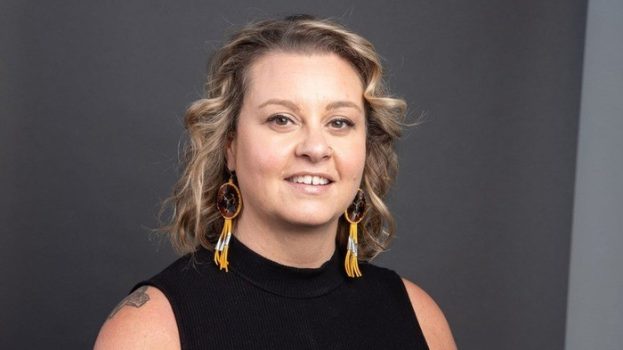Time-based billing is still the dominant way agencies collect fees for their work, according to the ICA’s “Agency Progressive Pricing Report,” but there is an appetite to pursue other forms of remuneration.
The ICA conducts a pricing survey every two years. This year’s report is based on a survey that included 34 Canadian agencies, representing 60 locations across the country.
The traditional billable rate card is still in use by 79% of agencies, though other forms of remuneration are utilized, with 74% using fixed-fees, 47% utilizing value-based pricing and 44% using commission fees when it comes to media. However, 29% of respondents said they believe the use of alternative pricing models is increasing.
Value-based pricing – where an agency’s remuneration for work is aligned with client objectives and KPIs – has been a recent focus for the ICA. Leah Power, the organization’s EVP of agency operations, says continuing to focus on billable hours doesn’t allow agencies to produce the best work, especially when it comes to long-term projects like brand building, and aligning work with goals results in better work for clients and remuneration for agencies that is more reflective of the value they provide.
“It would relieve tension because billable hours frequently put agencies and clients at odds with one another,” Power said in the report. “Agencies naturally want the number of hours to be higher while clients, equally understandably, perceive a benefit in pushing them lower. In this way, hourly billing creates a direct disincentive to collaborative problem-solving due to the fear of going beyond estimated hours…If, instead, the pricing model is based on an incentive that both parties want to drive higher, like a specific sales figure, or a clear measure of client engagement, then a more collaborative, open relationship can be fostered.”
According to the survey, 64.7% of agencies are willing to use alternative payment models, compared to 29.4% of clients who said the same. While 26.5% of agencies and 35.3% of clients are “ambivalent” about new models, 8.8% of agencies and 35.3% of clients said that they were unwilling to use them. However, the report suggests that in cases where alternative pricing has been adopted, it has been at least partially due to changing client behaviour, with 40% of respondents attributing it to clients or their procurement departments.
The report also pointed out that payment terms are hardening: 33% of agencies in the survey are paid after 90 days, with 16.7% paid after 120 days. That’s the same as the amounts that are paid after 30 days (33%) and 60 days (16.7%).
Compared to 2017, blended charge-out rates have risen for corporate management (by 34.1%), planning and research (21.5%), creative (2.6%), media (2.1%), client services (2.1%) and digital production (4.1%), though rates in digital fell by 4.7% and in production by 3.9%.
























